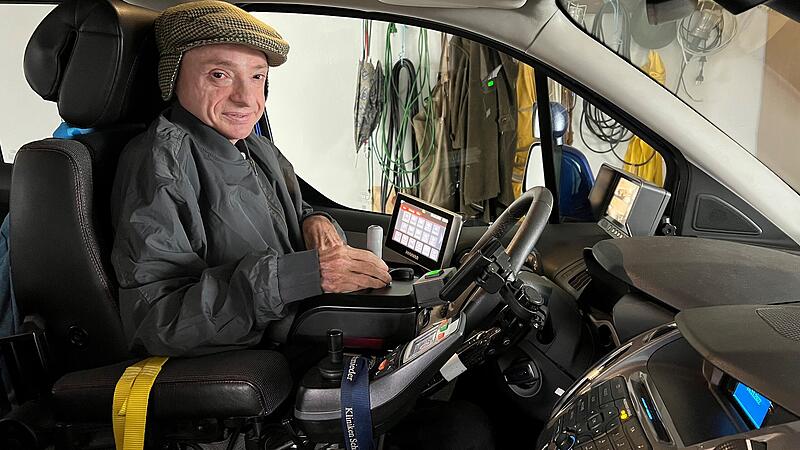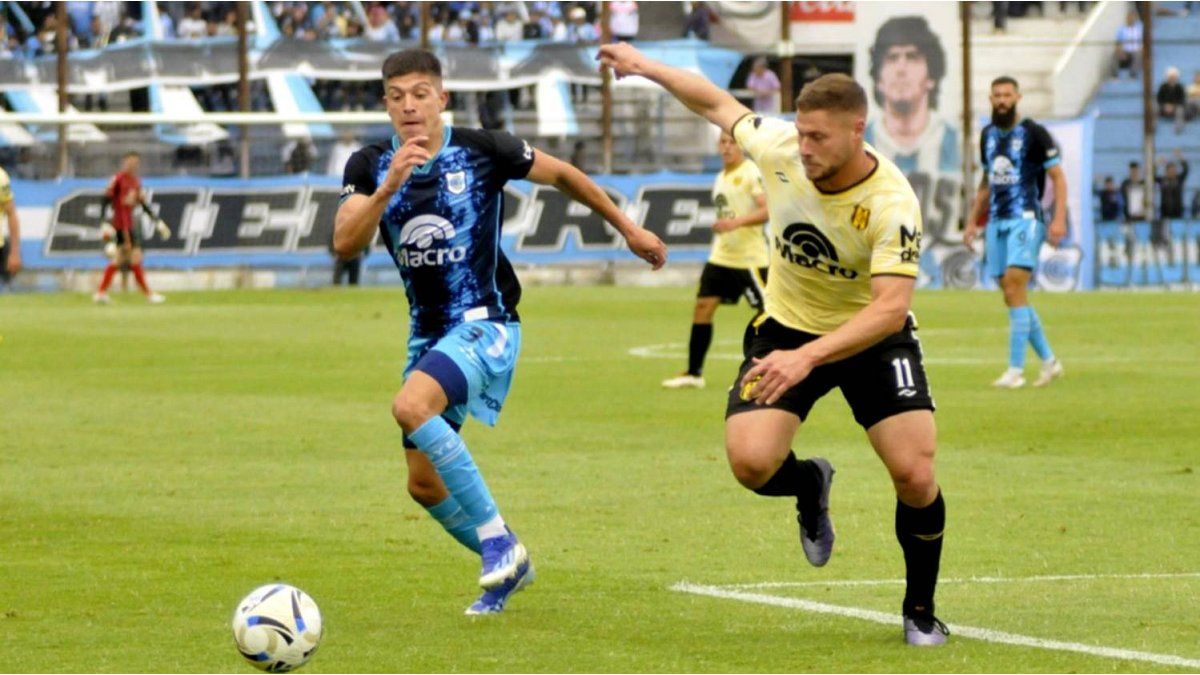From the outside it looks like a normal car. But when Franz Kinz (55) presses the button on the key, the door opens, the car lowers and a ramp extends. For the Saiga Hanser, getting in means rolling into the car with the car seat. It is steered with a joystick.
Driving a car – what many take for granted has only been part of everyday life for Saiga Hanser for two years thanks to the financial support of the OÖN-Christkindl. An everyday life that has changed since the car: Franz Kinz is now the one who runs the errands for himself, his parents and a nurse. And being able to discover a world alone by car that has become smaller and smaller since the diagnosis of dermatomyositis – a serious rheumatic disease. Franz is in a wheelchair and his arm movements are also severely restricted. An interview with a man who is full of life and who has remained optimistic despite a difficult fate.
The OÖN Christkindlbericht appeared three years ago:
When you drove in your first car for the first time, you said you felt really free now. Does the feeling of freedom still hold?
Total! It’s so beautiful, before that I only managed the distance in an electric wheelchair, a maximum of 15 kilometers and very slowly. Now my radius is unlimited and it’s warm in the car. No comparison. My main task now is to go shopping, we are four people in the house with the nurse. Now I don’t have to ask anyone else if I need something, I get in the car and get it myself. I don’t drive long distances, the farthest so far was to Wels.
With you, a role reversal has taken place, so to speak: before, your parents took care of you, now you are the one who goes shopping and takes them to the doctor. How are you doing in this new role?
You settle in. I have to organize more, make sure everything we need is at home, don’t overlook anything. And for my parents it is a great help. Otherwise we would have to go to a home.
Although you got your illness under control, it left many traces. What do you need help with?
I can eat alone. I need help with everything else.
Can you still remember the early days after the diagnosis?
I was just a kid then, 13 years old. It took forever to get the diagnosis. First symptoms were blisters in my mouth, then I turned red like I was sunburned – but it was just before Easter. I saw the family doctor, then I had to see a dermatologist in the hospital in Ried, then in Schärding, nobody found out what I had. I had big problems then, could hardly climb stairs. At some point I couldn’t take off my pajamas, so they had to cut me out because I couldn’t raise my arms anymore. They sent me home to go to a university hospital.
Then where did you go?
There was a couple here in town who lived near Innsbruck. Dad knew them both well, and they took me to Innsbruck University Hospital. I was then treated. The problem was, I was very old at the time, at 13. The standard treatment no longer worked, so I had to take even higher doses of cortisone, which has many side effects. I was there for half a year.
Alone?
Yes, I was really, really homesick. I was totally desperate at the time. Before that I was never away from home. My mum was there for a while, she was then able to live with the couple, who always visited me.
The electric wheelchair was a first milestone that brought you back a lot of freedom. How was it before?
I received the diagnosis in 1980, and in 1985 I had my first electric wheelchair. Since I was mobile again, I could no longer walk a year after the first symptoms. For a long time I was in severe pain, the cortisone made my bones break more easily… and then the electric wheelchair. The world was more beautiful and bigger for me then.
Despite the illness and the pain, you didn’t give up, how did you do it?
The worse I made myself psychologically, the worse it is for me and for those around me. That’s the way it is, you just have to get used to it. Nobody wants to have contact with a ‘Zwidawurzen’! It’s not every day nice, but you have to see the positive. As long as I have a mental task, like the whole organization in the house now, I’m fine.
Do you have any advice for people who are in a similar situation?
Don’t isolate yourself, by no means.
What are your hopes for the future?
To be able to stay at home as long as possible, to be able to afford the 24-hour nurse – and continue to do so. People like me, who fell ill when they were children and couldn’t work, don’t get a pension, I get the increased child benefit and care allowance. And I have to live with that. People like me couldn’t afford to live independently if it wasn’t for their parents and their pension, that’s how it is in cases like mine. But if you’re frugal, you’ll make ends meet. I would therefore like to thank all readers once again for making a donation and for allowing me to afford the car. That really helps us!
Do good together
The OÖN Christkindl is the country’s most traditional Christmas campaign. Since 1964, Upper Austrians who have found themselves in financial difficulties through no fault of their own have been supported annually. If you want to help, you can make a donation to the Christkindl account AT94 2032 0000 0011 1790 (IBAN). Thank you very much!
Source: Nachrichten




